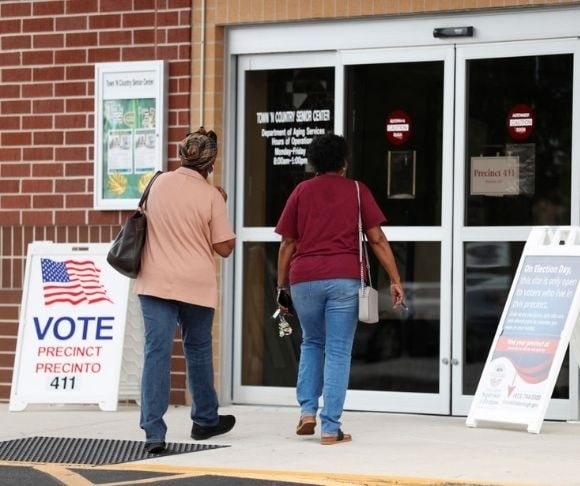If you think you’ve never heard of Leigh Steinberg, you may want to rethink. Steinberg is an accomplished sports agent, who is loosely depicted by Tom Cruise in the film, Jerry Maguire. In his 41-year career, Steinberg gas represented over three hundred professional athletes.
In this 2013 episode, EconTalk host Russ Roberts and Steinberg dive into his unique approach as an agent, presenting his model for both acquiring athletes and helping them achieve what they value most. Steinberg covers topics like crisis management and cohesively growing the game of football with each party involved in contract negotiations in this fascinating discussion with Roberts.
1- Steinberg found success in creating a unique model for the athletes he wanted to attract. In recruiting clients, he favored athletes who wanted to be role models and who hoped to springboard their own personal brand while having athletic success as well.
Steinberg also realized the marketability and capital forming quality of the quarterback, as well as the advantage of regionality in controlling costs and revenue. What other profit maximizing strategies would serve agents well in looking to start a successful business today? What other qualities of athletes today (besides being a quarterback!) can provide a breeding ground for an agent’s expansion?
2- Steinberg’s approach in maximizing an athlete’s own agency is interesting—he wants to push the athlete to become the captain of their own ship by providing them with a model for post-athletic success as well as mentoring them. Steinberg encourages both financial planning and a structure of tracing back roots to create a meaningful impact on the athlete’s community.
How much value should athletes place on setting themselves up for a potential career after sports? Should sports agents be as involved in athletes’ lives as Steinberg has? How else can athletes maximize their individual potential while developing an ideal living environment after sports?
3- Steinberg and all sports agents must be able to effectively manage crises. When his clients make a public mistake, Steinberg has a step-by-step strategy for controlling brand blowback. Steinberg believes that the athlete should take responsibility as someone with a big platform, and that they should also apologize and offer their steps to prevent the action from happening again.
How often do we see athletes today following this process, and to what extent does it feel genuine? Have personal brands and the earning potential of athletes taken a greater hit in the last few years due to the prevalence of cancel culture?
4- Steinberg asserts that the NFL is competing with all other forms of entertainment which people spend money on, and that agents should cooperate with owners in growing the game and building a pie big enough for everyone to share. According to Steinberg, contract negotiations are a closed system with owners, GM’s, and players all being involved continually. He thinks that negotiations should be less about labor versus management and instead, each party should provide creative ways to increase the revenue pot. As an agent, Steinberg focuses on building a revenue flow for the athlete with creative business ventures.
How have we seen athletes extend their brand to become cultural phenoms? What areas of business are untapped which could provide great earning potential for athletes and agents?
5- Steinberg believed that contract negotiations following the NFL draft are an “artificial construct” because players would automatically be earning more than they would if they were to stay in college an extra year.
How do NIL opportunities change the role of agents and general managers when athletes are considering a return to college athletics instead of entering the draft?
6- Steinberg believes that a sports agent should understand his or her client’s valuation of specific features of a contract because it is not always about receiving the highest salary. Roberts and Steinberg discussed Tom Brady’s new contract at the time, which may have offered the Patriots more spending flexibility. Often, fans see this as a sacrifice by a player to help their team win, but other parts of the contract, like guaranteed money, weigh more on the player’s decision than any other incentive.
Are there as many situations as it seems where players are really taking a pay cut for the betterment of their team? Given that athletes are already making tons of money, which parts of their contract should they value most?
Brennan Beausir is a student at Wabash College studying Philosophy, Politics, and Economics and is a 2023 Summer Scholar at Liberty Fund.
















